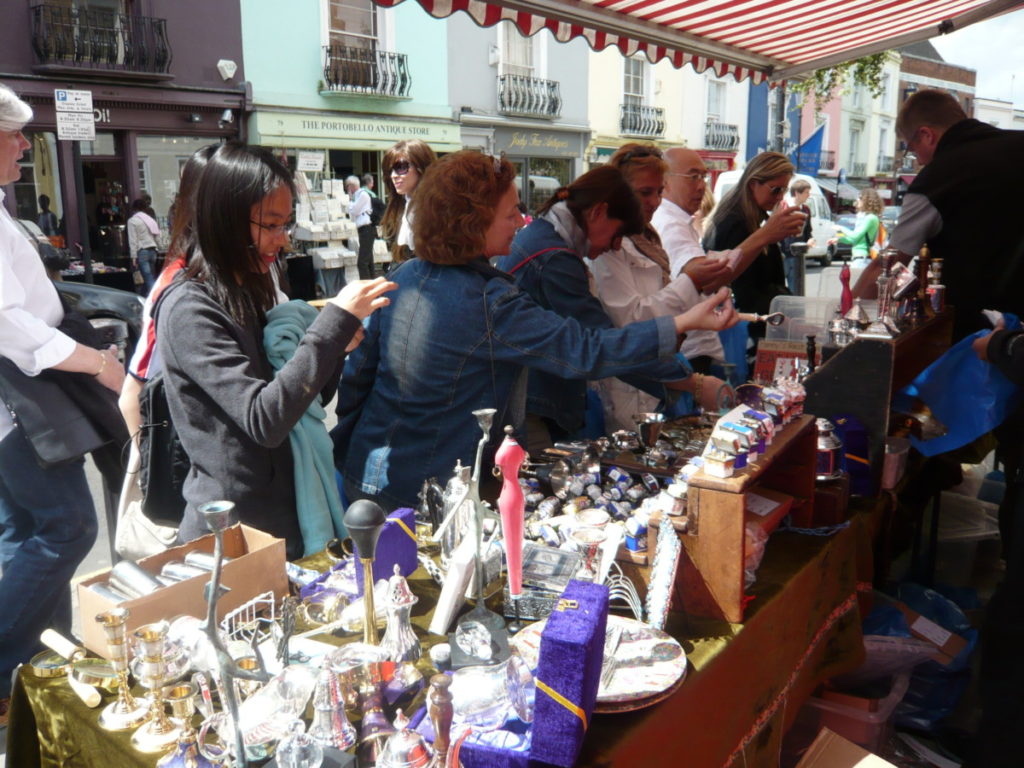Written by:
By Dr Noha Nasser
Place attachment and collective identity
Public spaces are a fundamental feature of cities and urban culture; centres of civic life where people encounter each other, socialise, exchange goods and have face-to-face interactions. The quality, functionality and accessibility of public spaces in a city are commonly perceived to be a measure of the quality of urban life; they are at the heart of bridging cultures as an arena for cross-cultural mixing and shared understanding.

There is no single definition of inclusive public space, however, commentators define four dimensions of accessibility; physical; social; visual; and access to activities. Inclusive places are where people want to ‘hangout’ and they have certain qualities:
• ‘neutral ground’
• highly inclusive, accessible and without formal criteria of membership
• their ‘taken-for-granted-ness’ and low profile
• open during and outside office hours
• characterised by a ‘playful mood’
• providing psychological comfort and support
• conversation is their ‘cardinal and sustaining’ activity, providing ‘political fora of great importance’.
But public spaces are more than just containers of human activity. They are also collective expressions of a city, as well as depositories of personal memories that promote a sense of belonging. As places where important historical events tend to unfold, public spaces are imbued with important, collective meanings – both official and unofficial. People need a variety of public open spaces within a local area to meet a range of everyday needs: spaces to linger as well as spaces of transit; spaces that bring people together as well as spaces of retreat; green spaces as well as hard spaces such as streets or markets.
In spatial terms, sense of place and its meanings, have been commonly referred to as place attachment. It combines the physical setting, human activities, and human social and psychological processes associated with the setting. According to Tuan the sense of place is based on the length and depth of experience within the place, whereas Relph argues social relationships in the place is the basis of attachment rather than the physical landscape itself. Therefore, place attachment is the nature of the bond between people and the place. For new settlers, these bonds take time and are built through extensive interaction with a place. For groups from different cultural backgrounds, their identity is closely associated with a psychological attachment to familiar symbols. Spatial features are important, such as a temple or uses of the space such as cultural celebrations. The question, is how can a collective identity be created where there are diverse cultures?

Some commentators argue that a communal identity can only be created when there is an overarching collective identity. Collective identity nurtures diversity but does not privilege difference. In other words, an approach that encompasses a set of values rather than giving primacy to a single value. Collective identity develops through a shared experience, a common culture, or lifestyle. The big question is how to begin creating a strong sense of belonging and place attachment? What process can be used to build places where people want to hang out? I would argue implementing bottom-up strategies, that recognise the diversity of people as the experts, builds a strong intercultural partnership to shape the design and use of public space fosters a sense of shared place.
*******************************
Dr Noha Nasser is an urban designer, consultant and social entrepreneur. She is Director of MELA Social Enterprise.
Place: who belongs here? The Glass-House London Debates takes place on Wednesday 9 March at 6.30-8pm.

